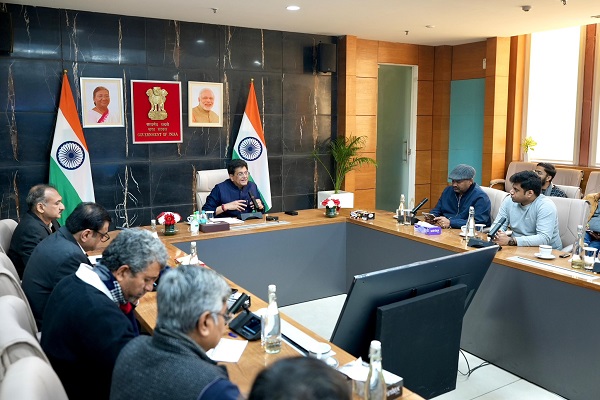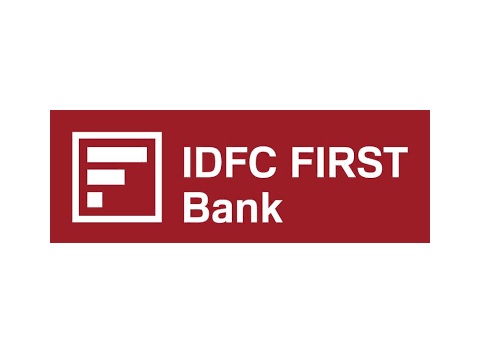Banking & Financials Sector Update : Pivotal shift in regulatory approach by Elara Capital

Pivotal shift in regulatory approach
The RBI monetary policy made some important announcements, not only marking the onset of a rate cut cycle but also a pivotal shift to regulatory approach. The assurance to actively manage liquidity positions (even as the RBI lacked additional measures) and postponing some key regulatory aspects (ECL, LCR and project finance guidelines), which could have been onerous under current circumstances, offer a sigh of relief in the near term.
Also, the tone and approach of the newly appointed RBI governor seem to be more inclusive and consultative. We believe these steps were needed under the current circumstances and should lessen vulnerability for banks (that have to transit through turning rate tables and liquidity challenges).
Onset of a ‘rate cut’ cycle: Today’s policy action (repo rate cut by the RBI) marks the onset of a rate cut cycle (albeit likely to be a shallow cycle). This will inherently put NIMs under strain for banks. However, the impact will be variable across players.
NIMs to be under strain, more so for larger banks: Our sensitivity analysis (factoring in a 50bps rate cute for the full-year FY26E) with certain assumptions indicate: a) higher impact of 15-17bps on larger private banks, b) 3-5bps impact on mid-sized banks, c) 15-17bps impact on regional private banks, d) positive impact on some small finance banks and e) 10-20bps impact on PSU banks. Having said that, with re-calibrated growth, balancing NIMs amid rate cut will be the key monitorable for players to deliver on core performance.
LCR norms – Incremental measures to ease off potential liquidity pressures: The RBI today postponed the much-awaited LCR guideline, which could have had led to multiple challenges had it not been implemented in its original avatar given the current circumstances.
Not only would it have strained the banks as regards further liquidity but it also would have percolated into softer growth and pressure on NIMs. Our earlier estimates (based on the original draft) suggested an impact ranging from 7ppt to 30ppt, with the most significant effect on SFBs, followed by mid-sized private banks, PSBs, as also large private banks.
Amidst prevailing liquidity tightness, the deferment of these draft guidelines provides much-needed relief to the system. A phased implementation is likely to be more manageable, allowing the banks to adapt smoothly. With the regulator being pro-active to liquidity needs, we believe, the situation would start to settle down.
Project Financing: Infra value chain to get benefitted
One of the arguments against project finance guidelines was that it would have impacted the entire project finance value chain, leading to a slowdown in capex disbursals due to the requirement for additional provisioning.With higher impact on NBFCs (power financiers) and PSBs, ambiguity around inclusion of non-infra finance could have also affected private banks.
However, with the RBI taking a consultative approach, we expect the final version of the circular to include certain relaxations and clarifications. Not only this, the need for ECL and Infra finance separately could also be deliberated upon.
Expected credit loss: Long pending, delayed further
Discussion papers on ECL norms went through several deliberations. With draft guidelines still pending, these may mostly be up for further delays. This would sentimentally benefit PSU banks and mid-sized banks, which were carrying provision buffer. Nonetheless, one can argue that the best time for implementation has already passed and whenever implemented, ECL would be incrementally onerous.
Miss-selling under radar, consultative approach for banks and subsidiary regulations
The RBI stated that it will investigate thoroughly into mis-selling scenarios. The RBI is cognizant of these practices and is working on this currently. The RBI sees some issues in common business through subsidiaries and NBFCs, first being conflict of interest and second, regulatory arbitrage. That said, it has got representations from ecosystem players and will take consultative approach to this.
Exhibit 1: NIMs impact (bps) factoring in 50bps rate cut – Positive impact for EQUITASB and UJJIVANS

Source: Company, Elara Securities Estimates
Exhibit 2: Loan mix – Higher proportion of fixed rate book to be better off

Source: Company, Elara Securities Research
Exhibit 3: Deposit mix (CASA, retail and bulk term deposits)

Please refer disclaimer at Report
SEBI Registration number is INH000000933



.jpg)






More News

IT Sector Update : 3QFY25 Preview: Furloughs, FX and Fed by JM Financial Services













